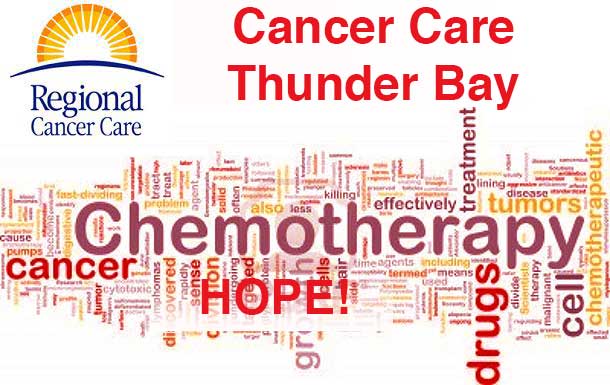THUNDER BAY – The Thunder Bay District Health Unit is inviting residents of Oliver Paipoonge and Marathon to participate in a study to measure radon levels in their homes. Free radon home-testing kits will be available to 220 eligible households in Oliver Paipoonge and 150 eligible households in Marathon. The information gathered from the kits will help the TBDHU identify radon levels in those municipalities.
A 2015 study of radon levels conducted by the TBDHU found that 16% of homes tested in Thunder Bay had high radon levels, which was much higher than the provincial and national averages. That study also found that radon prevalence increased in the more rural areas of the city.
“Now, we want to find the prevalence of high radon in other parts of our district, so we have chosen to study Oliver Paipoonge and Marathon,” says Lee Sieswerda, manager of environmental health programs. “We want to extend our understanding of radon prevalence, and the public’s radon awareness, beyond the City of Thunder Bay. The only way to know if your home has a high level of radon is to test for it.”
The study is open to both homeowners and renters. Potential participants must complete a short online questionnaire to determine their eligibility. If eligible, the participant will receive a free radon detector. The detector must stay in the home for three months to get an accurate measure of the radon levels. It must then be returned to the TBDHU and sent for analysis. Participants will be notified of their results and the TBDHU will provide information on how to reduce radon in the home if there is a concern.
Those not eligible for the study can still purchase a radon detector themselves. Radon detectors are available from EcoSuperior and from some hardware stores. More information on testing is available through the Take Action on Radon website.
Radon is an invisible radioactive gas found in many homes across Canada. It is produced when uranium in the ground breaks down through radioactive decay. Radon gas can seep into your home through cracks in the foundation, pipe openings, sump pits, etc. It can build up to high levels in your home and over time may cause lung cancer. It is estimated that 2000 Canadians are killed by radon gas every year.
To access the survey, or learn more about radon, visit Rural Radon Study 2017 or call 807-625-5900.







